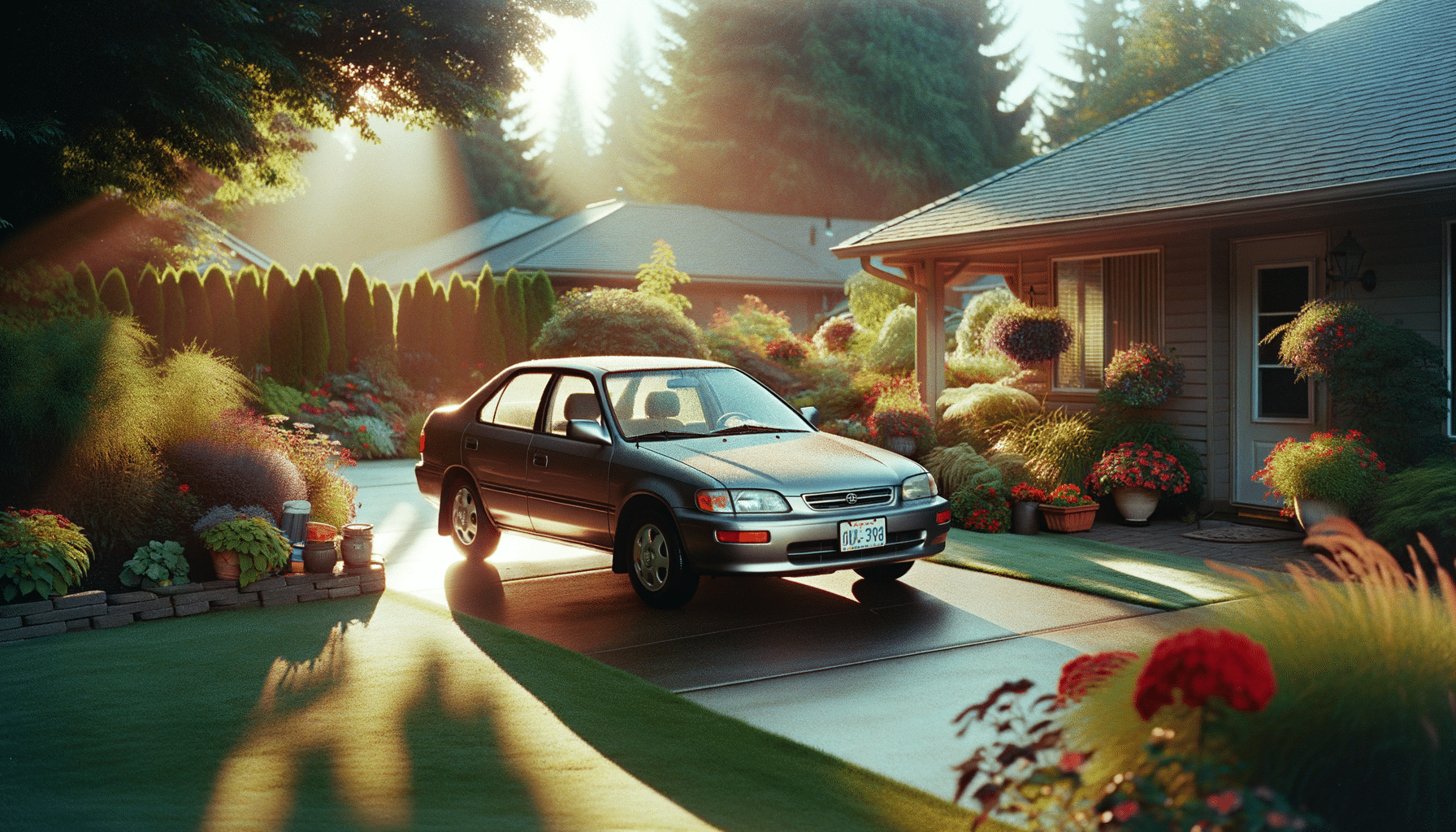
Challenges and Progress in Achieving Beauty Inclusivity
The journey towards beauty inclusivity has been a significant topic in the beauty industry, with brands, consumers, and advocates pushing for representation that reflects the diverse world we live in.
Beauty inclusivity is more than just a trend; it is a necessary evolution in an industry that has, for too long, adhered to narrow standards of beauty. As society becomes more diverse, there is a growing demand for beauty products that cater to all skin tones, body types, and gender identities. This shift is not just about expanding product lines but about embracing and celebrating diversity in all its forms.
Understanding the Challenges
Despite progress, challenges remain in achieving full inclusivity. Many brands still struggle with offering a full range of shades and products that cater to all. According to a 2022 study by a leading market research firm, 67% of consumers feel that the beauty industry doesn’t adequately address their needs. This statistic highlights the gap between consumer expectations and what is currently offered.
Expert Insights
Industry experts emphasize the importance of authenticity and genuine representation. Renowned beauty consultant Lisa Johnson notes, “Inclusivity is not just about adding more shades; it’s about changing the narrative and marketing strategies to reflect real people.” This perspective is crucial as brands navigate the complexities of inclusivity.
Progress Made
Several brands have made significant strides in inclusivity. For instance, some companies have introduced extensive foundation ranges that cater to a wide array of skin tones. Additionally, there is a noticeable increase in marketing campaigns that feature models of different ethnicities, ages, and body types.
Personal Stories
Consider the story of Emma, a beauty enthusiast who struggled to find products that matched her deep skin tone. Emma’s experience is not unique, but with the rise of more inclusive brands, she now finds it easier to access products that suit her needs. Her story is a testament to how inclusivity can transform consumer experiences.
Actionable Tips
- Brands should invest in research and development to understand the diverse needs of their audience.
- Consumers can support inclusive brands by purchasing their products and sharing their experiences on social media.
- Advocates should continue to hold brands accountable and push for more inclusive practices.
| Category | Current Challenges | Progress Made |
|---|---|---|
| Product Range | Limited shade options | Expanded shade ranges |
| Marketing | Narrow representation | Diverse campaigns |
| Consumer Feedback | Ignored suggestions | Incorporated feedback |
| Accessibility | Limited availability | Wider distribution |
| Gender Inclusivity | Gender-specific products | Gender-neutral lines |
| Pricing | High costs | Affordable options |
| Innovation | Slow adaptability | Rapid innovation |
| Community Engagement | Lack of interaction | Active engagement |
For brands looking to enhance inclusivity, consider collaborating with diverse influencers who can authentically represent and speak to various communities.
FAQ
Why is beauty inclusivity important?
Beauty inclusivity ensures that all individuals feel represented and valued, fostering a sense of belonging and confidence.
How can consumers support inclusive beauty brands?
Consumers can support these brands by purchasing their products, sharing positive experiences on social media, and providing constructive feedback.
In conclusion, while the journey towards beauty inclusivity is ongoing, significant strides have been made. By continuing to prioritize diversity and inclusivity, the beauty industry can truly reflect the rich tapestry of human experiences. Consumers, brands, and advocates all play a vital role in this movement, and together, we can create a more inclusive future for beauty.


